Does The Good Doctor Have Autism?

Introduction to Autism in 'The Good Doctor'
'The Good Doctor' is a widely acclaimed television series that brings to the forefront the experiences of individuals on the autism spectrum through its main character, Dr. Shaun Murphy. This show has sparked significant public interest and discussion about autism, neurodiversity, and the importance of authentic representation in media. As viewers seek to understand whether the show authentically portrays autism, it is crucial to examine the characteristics of Shaun Murphy, the show's intentions, and the broader context of autism depiction in television.
The Character of Dr. Shaun Murphy: Autistic and Savant
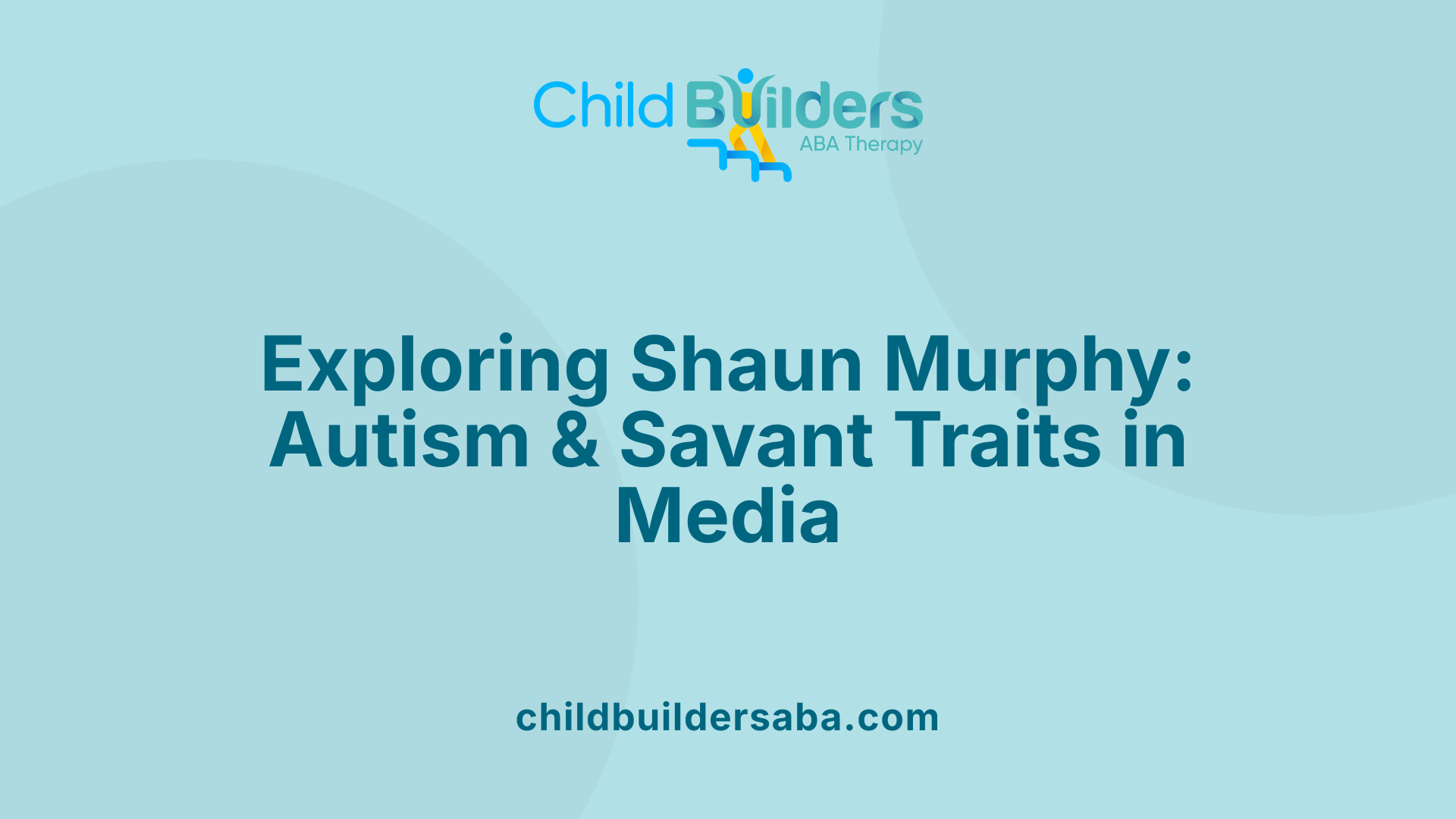
Shaun Murphy's autism diagnosis
Dr. Shaun Murphy, a central character in 'The Good Doctor,' is depicted as having autism spectrum disorder (ASD). The show emphasizes traits such as social difficulties, sensory sensitivities, and a preference for routines, which are commonly associated with autism. His autism diagnosis is a key aspect of his character, shaping his interactions and the challenges he faces in both his personal and professional life.
Savant syndrome and its depiction in the show
In addition to autism, Shaun Murphy is portrayed as having savant syndrome, which is characterized by exceptional skills in areas like memory, mathematics, or art. The show highlights Shaun’s extraordinary problem-solving ability and photographic memory, underscoring how these strengths coexist with his social challenges. The depiction aims to showcase the unique talents that can accompany autism, though it has also been critiqued for sometimes simplifying or stereotypifying savant skills.
Traits associated with autism shown through Shaun Murphy
The series depicts several traits typical of individuals on the autism spectrum. Shaun exhibits social awkwardness, difficulty maintaining eye contact, and a tendency to hand-play or stim under stress. His body language is often stoic or repetitive, and he responds more effectively to declarative communication rather than traditional questioning styles. These traits help create a nuanced portrayal, but some critics argue that the character also embodies stereotypical images of autism.
| Trait | Description | Show portrayal | Example scene |
|---|---|---|---|
| Social difficulties | Challenges with social interaction | Shaun struggles with small talk and emotional cues | Avoids eye contact during conversations |
| Sensory sensitivities | Overload from lights, sounds, textures | Reacts strongly to bright lights and loud noises | Covers ears in noisy environments |
| Communication | Preference for clear, direct speech | Responds better to declarative statements | Challenges answering open-ended questions |
| Strengths | Exceptional memory and visual skills | Solves complex medical cases quickly | Recognizes subtle patterns in data |
Representation and its impact
'The Good Doctor' was created with the intention of raising awareness about autism while providing an engaging medical drama. It consulted experts, including autism advocates like Melissa Reiner, to ensure authenticity. The character's traits aim to reflect both the challenges and talents of some individuals with autism, fostering empathy among viewers.
However, the portrayal has received mixed feedback. Some praise it as a step toward more inclusive media, while others criticize the reliance on stereotypes, especially regarding savant syndrome. The inclusion of Kayla Cromer, an autistic actress, in a later season as Charlie Lukaitis helps diversify the representation, emphasizing that autism manifests in various ways.
Broader context in autism media
Efforts in the entertainment industry are increasingly recognizing the importance of authentic representation. Shows like 'A Kind of Spark' and 'Dinosaur' are mentioned as more accurate portrayals, often casting autistic actors to bring genuine experiences to the screen. The depiction of Shaun Murphy has contributed to broader conversations about neurodiversity and the need for nuanced, inclusive storytelling.
| Show/Actor | Role/Contribution | Notes | Relevance to Autism Awareness |
|---|---|---|---|
| 'The Good Doctor' | Shaun Murphy, protagonist with autism | Early popular series focusing on autism traits | Major influence on public perception |
| Kayla Cromer | Charlie Lukaitis, autistic character | Played by an autistic actress | Adds authenticity |
| Chloé Hayden | Role in 'Heartbreak High' | Recognized as one of the best autistic characters | Promotes authentic diversity |
| Melissa Reiner | Autism consultant for the show | Worked closely on content and portrayal | Ensures accurate representation |
Concluding insights
While 'The Good Doctor' strives to depict Shaun Murphy as a well-rounded individual, the portrayal still navigates the delicate balance between representation and stereotypes. The show's dedication to consulting experts and including autistic actors marks progress, although ongoing refinement is necessary.
Ultimately, the series helps to broaden understanding of autism by illustrating the diversity within the spectrum. It underscores that individuals like Shaun are more than their diagnosis—capable, complex, and unique, just like everyone else.
Authentic Representation and Expert Consultation
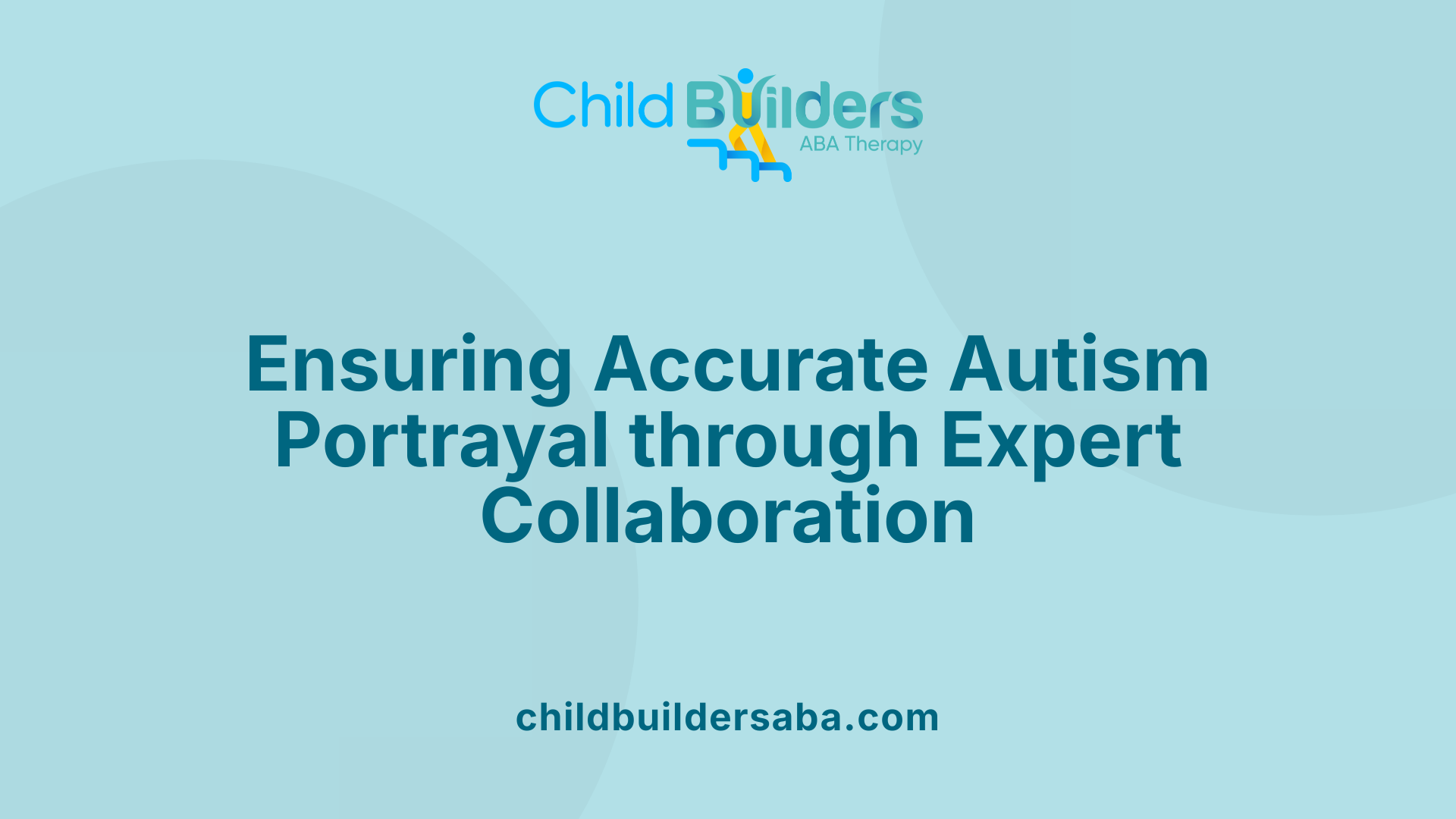
How does 'The Good Doctor' ensure an accurate portrayal of autism?
The series employs a comprehensive approach by involving autism specialists, advocates, and consultants during its production. Melissa Reiner, a Certified RDI Consultant with extensive experience and her own background with autism, served as the autism consultant for the show. She collaborated closely with writers, actors, and producers to shape a nuanced and authentic depiction of Shaun Murphy's character. Her expertise helped craft scenes that realistically reflected communication challenges, social interactions, and strengths associated with autism.
What did Freddie Highmore do to prepare for playing Shaun Murphy?
Although Freddie Highmore does not have autism himself, he dedicated significant effort to authentically portray Shaun Murphy. His preparation included consulting with autism experts, studying real-life autistic individuals, and engaging with family members of people with autism. Highmore aimed to understand the subtleties of autism, including social awkwardness, avoidance of eye contact, and hand-playing during stress. His goal was to avoid stereotypes and present a respectful, humanized portrait of someone on the spectrum.
How has the autism community contributed and responded?
Autistic advocates and community groups have played an active role in reviewing and commenting on the show's portrayal of autism. Autism Ontario gathered a panel of adults with autism to assess the series, appreciating its efforts but also noting areas where stereotypes persisted or where generalizations were made. They emphasized that authentic representation should include autistic actors whenever possible, and acknowledged that the show’s depiction, especially of savant syndrome, sometimes leaned into misconceptions.
Cast member Kayla Cromer, an autistic actress, portrayed Charlie Lukaitis, adding credibility to that character's authenticity and advocating for more inclusive casting. Overall, community feedback underscores the importance of genuine representation and recognizes the show's contributions to raising awareness. However, it also highlights the ongoing need for more diverse and accurate portrayals that go beyond stereotypes.
Is 'The Good Doctor' based on a true story?
No, the show is fictional, inspired by a South Korean series, and not based on real individuals or cases.
Is Shaun Murphy a real-life doctor?
No, he is a fictional character.
Is 'The Good Doctor' a good representation of autism?
The series strives for authenticity, with input from autism experts, but has faced criticism for relying on stereotypes.
How is autism portrayed in 'The Good Doctor'?
Through Shaun Murphy’s character traits, including social challenges and visual strengths, aiming to show a nuanced picture.
Who else has autism in 'The Good Doctor'?
Charlene “Charlie” Lukaitis, portrayed by Kayla Cromer, who is autistic herself.
Does Shaun Murphy's personal life suggest he has autism?
His traits indicate autism, but the show's focus remains on his professional and personal interactions.
Is Charlie really autistic on 'The Good Doctor'?
Yes, played by an autistic actress, promoting authentic representation.
| Aspect | Details | Additional Notes |
|---|---|---|
| Representation efforts | Involving autism specialists and advocates | Melissa Reiner's role in consulting |
| Actor preparation | Consulting with experts, research, family members | Freddie Highmore’s commitment to authenticity |
| Community feedback | Autism advocated reviewed show, noted stereotypes | Emphasis on authentic casting and depiction |
| Depicted characters | Shaun Murphy and Charlie Lukaitis | Diversity in representation including autistic actors |
| Main critique | Occasional reliance on stereotypes and misconceptions | Need for more nuanced portrayals |
This concerted effort toward accurate representation in 'The Good Doctor' has contributed positively to public understanding of autism. Nonetheless, ongoing dialogue and increased casting of autistic actors are essential for genuine portrayals that respect the diversity within the autistic community.
Practitioners and educators have noted the importance of shifting communication strategies for individuals with autism, such as emphasizing declarative communication, which can foster better understanding and reduce anxiety. These insights inform the way Shaun Murphy’s character interacts and respond, further aligning the show with real-world practices.
By combining expert knowledge, advocate input, and authentic casting, 'The Good Doctor' continues to influence perceptions and promote a more inclusive representation of neurodiversity, even as it navigates the challenges of stereotypes and misconceptions prevalent in media portrayals.
Impact on Public Awareness and Stereotypes
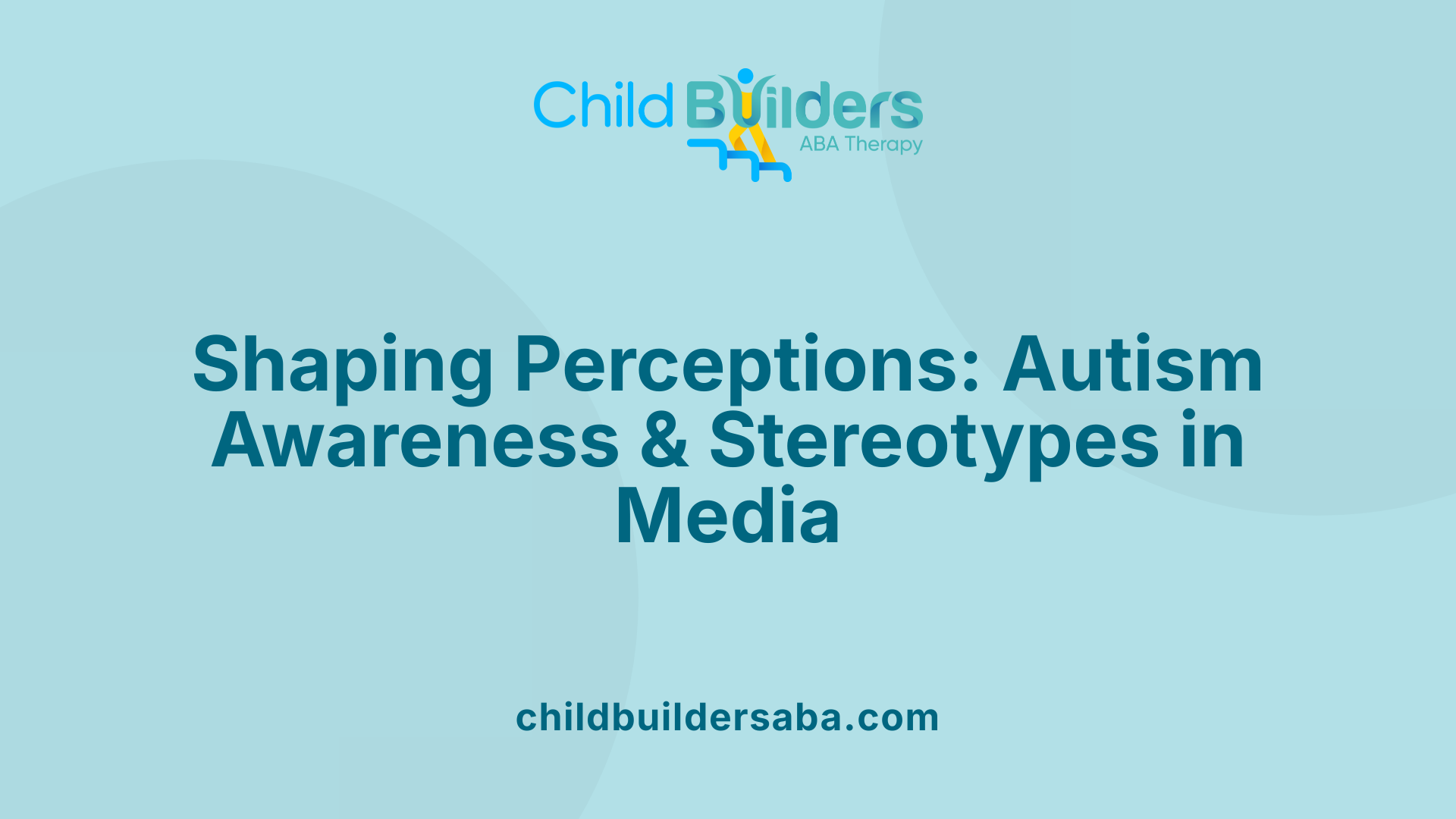 The portrayal of Dr. Shaun Murphy in 'The Good Doctor' has significantly influenced public understanding of autism. As a series centered on an autistic surgical resident, the show has brought greater visibility to various aspects of living with autism, especially highlighting the strengths such as exceptional memory and problem-solving abilities associated with savant syndrome.
The portrayal of Dr. Shaun Murphy in 'The Good Doctor' has significantly influenced public understanding of autism. As a series centered on an autistic surgical resident, the show has brought greater visibility to various aspects of living with autism, especially highlighting the strengths such as exceptional memory and problem-solving abilities associated with savant syndrome.
However, while the show has been praised for raising awareness, it has also faced critiques for perpetuating certain stereotypes and misconceptions about autism. Some viewers and advocates argue that the character's traits, such as social awkwardness and sensory sensitivities, are presented in a way that can oversimplify or generalize the autism spectrum. Critics note that such portrayals sometimes lean on clichés, portraying autism as primarily a set of challenges rather than a spectrum of diverse experiences.
Despite these criticisms, the series underscores the importance of diverse and authentic representation. It includes characters like Charlie Lukaitis, played by an autistic actor, Kayla Cromer, which marks a step toward more genuine portrayals of autistic individuals. Including autistic actors in roles depicting autism is increasingly recognized as vital for authentic storytelling, helping to break monolithic stereotypes and reflect the true diversity within the autistic community.
The role of autism consultants and advocates, such as Melissa Reiner—a Certified RDI Consultant with her own autism and behavioral consulting businesses—has been crucial in guiding the show's development. Reiner collaborated closely with writers, actors, and producers to ensure that Dr. Murphy's behaviors and communication styles, such as responses to questions and reliance on declarative communication, accurately mirror those of many individuals on the spectrum.
Moreover, the show emphasizes that autism should not define a person. Characters like Dr. Glassman highlight that autism is part of an individual's identity, but it does not solely determine who they are. This perspective is important in moving away from 'inspiration porn', instead fostering a view of autistic individuals as whole, capable people.
While 'The Good Doctor' has contributed to increased awareness and discussion about autism, it also serves as a reminder of the ongoing need for more nuanced and inclusive portrayals. Shows like 'A Kind of Spark' and 'Dinosaur', which feature autistic characters portrayed by autistic actors, are paving the way for more authentic storytelling.
The influence of media on perceptions of autism is profound. As society becomes more aware of the spectrum's complexity, there is a growing call for representations that reflect real-life diversity, avoid stereotypes, and involve autistic individuals in the casting and creation process.
Here is a summary of how 'The Good Doctor' and similar shows are shaping autism representation:
| Aspect | Impact | Contribution | Caveats |
|---|---|---|---|
| Recognition | Increased autism visibility | Made autism more understandable to broad audiences | Risk of stereotypical portrayals |
| Role of Autistic Actors | Enhances authenticity | Showcasing talent of autistic performers like Kayla Cromer | Still limited overall |
| Autism Consultants | Promotes realistic behaviors | Guided accurate depiction of traits and interactions | Continuous need for rigorous consultation |
| Media Influence | Shapes public perception | Can challenge stereotypes or embed misconceptions | Requires careful, nuanced portrayals |
Ultimately, while 'The Good Doctor' has opened valuable conversations and brought positive attention to autism, it also highlights the need for ongoing evolution in how media portrays neurodiversity. Authentic representation fosters understanding, reduces stigma, and supports a more inclusive and accurate depiction of the autistic community.
The Future of Autism Portrayal on Screen
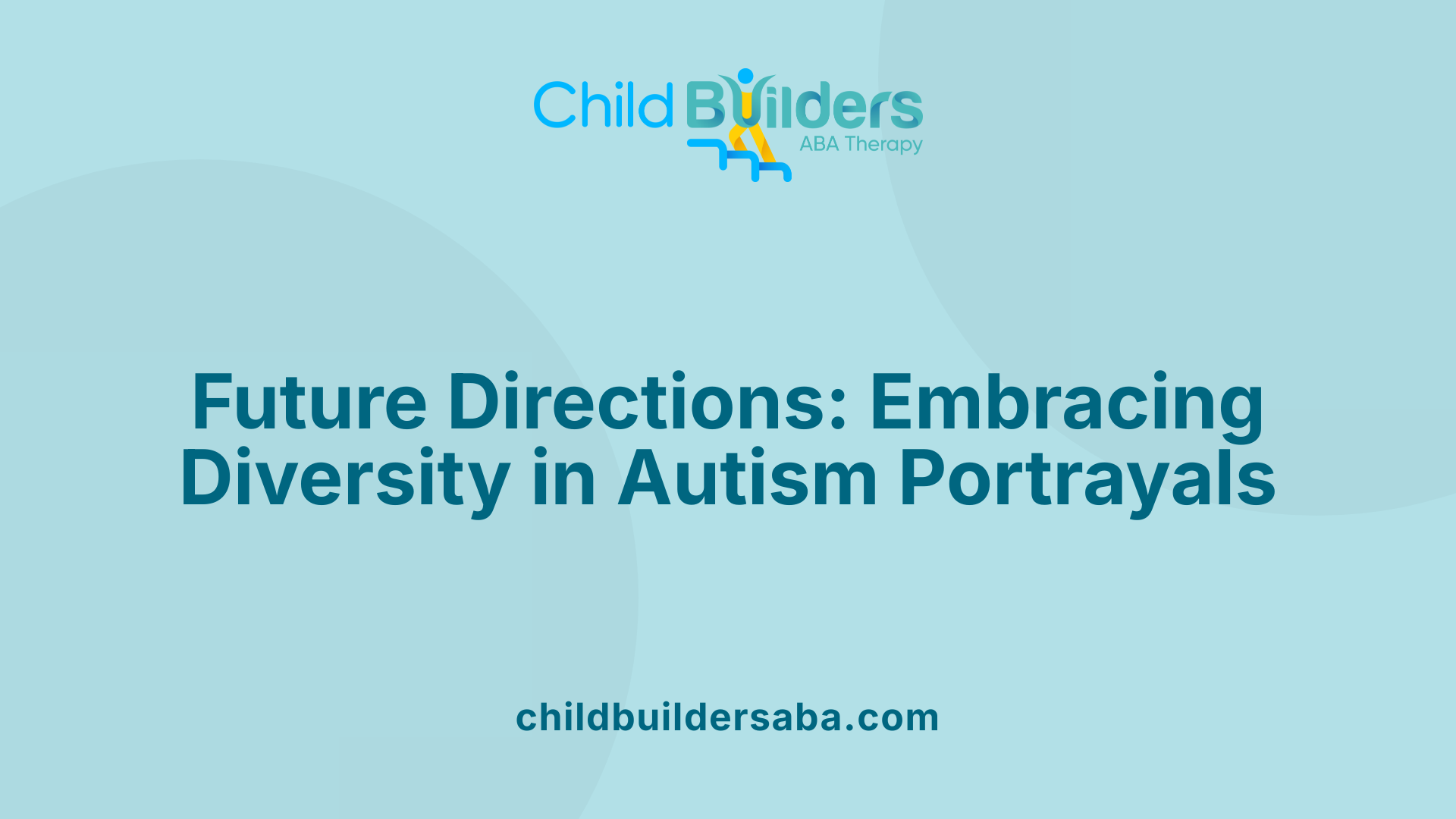
What are emerging trends in authentic representation?
As media continues to evolve, there's a noticeable shift toward more genuine depictions of autism. Shows are increasingly consulting with experts and autistic individuals during writing and production, aiming to portray behaviors and experiences without relying solely on stereotypes. This trend helps audiences gain a deeper understanding of the diverse ways autism manifests.
In addition, there's a movement toward exploring the full spectrum of autism, highlighting both strengths and challenges faced by autistic individuals. Such balanced portrayals foster empathy and awareness, reflecting the varied realities of those on the spectrum.
Why is involving autistic actors and writers important?
Involving people with autism in storytelling is vital for accuracy and authenticity. Autistic actors bring lived experience to their roles, offering perspectives that are often missing from neurotypical portrayals.
For example, the inclusion of autistic actors like Kayla Cromer in 'The Good Doctor' and Chloé Hayden in 'Heartbreak High' demonstrates a commitment to representation and authenticity. Additionally, autistic writers and consultants can guide narratives to be respectful and nuanced, reducing stereotypes and inspiring positive change in media.
How might future series feature more nuanced characters?
Future TV series are likely to evolve from broad stereotype-based characters to complex individuals with rich, multi-dimensional stories. Writers are increasingly exploring characters' personal growth, social interactions, and unique talents beyond their diagnosis.
This approach promotes understanding that autism is not a monolith but a spectrum with diverse experiences. Efforts to craft relatable, authentic characters can help dismantle misconceptions and foster better societal perceptions.
What are the educational benefits of accurate portrayals?
Accurate representation in media can serve as powerful educational tools. When viewers see realistic portrayals, they learn about autism's nuances, promoting empathy and reducing stigma.
For instance, shows like 'The Good Doctor' and others such as 'A Kind of Spark' contribute to public awareness and understanding. Such portrayals support advocacy efforts, improve accessibility, and encourage more inclusive environments for autistic individuals.
| Aspect | Current Trends | Future Potential | Why It Matters |
|---|---|---|---|
| Authenticity | Expert consultation, autistic actors involved | Fully inclusive with diverse autistic representations | Builds trust and understanding |
| Spectrum Diversity | Focus on specific traits, often stereotypical | Wide range of stories showing the spectrum's diversity | Promotes inclusion |
| Representation | Mainly non-autistic actors for autistic roles | Increased autistic actors and creators | Ensures genuine voices are heard |
| Educational Impact | Increased awareness | Deepening understanding of autism nuances | Reduces misconceptions |
How can media continue to improve its portrayal of autism?
By ensuring authentic participation from autistic individuals, integrating ongoing consultation, and highlighting the diverse experiences within the community, future shows can create richer, more accurate depictions. Encouraging storytelling that emphasizes individual agency and complexity will also help move beyond stereotypes.
With a commitment to inclusive storytelling, media can be a powerful catalyst for acceptance, understanding, and positive change for people with autism worldwide.
Conclusion: Moving Toward More Inclusive and Accurate Depictions
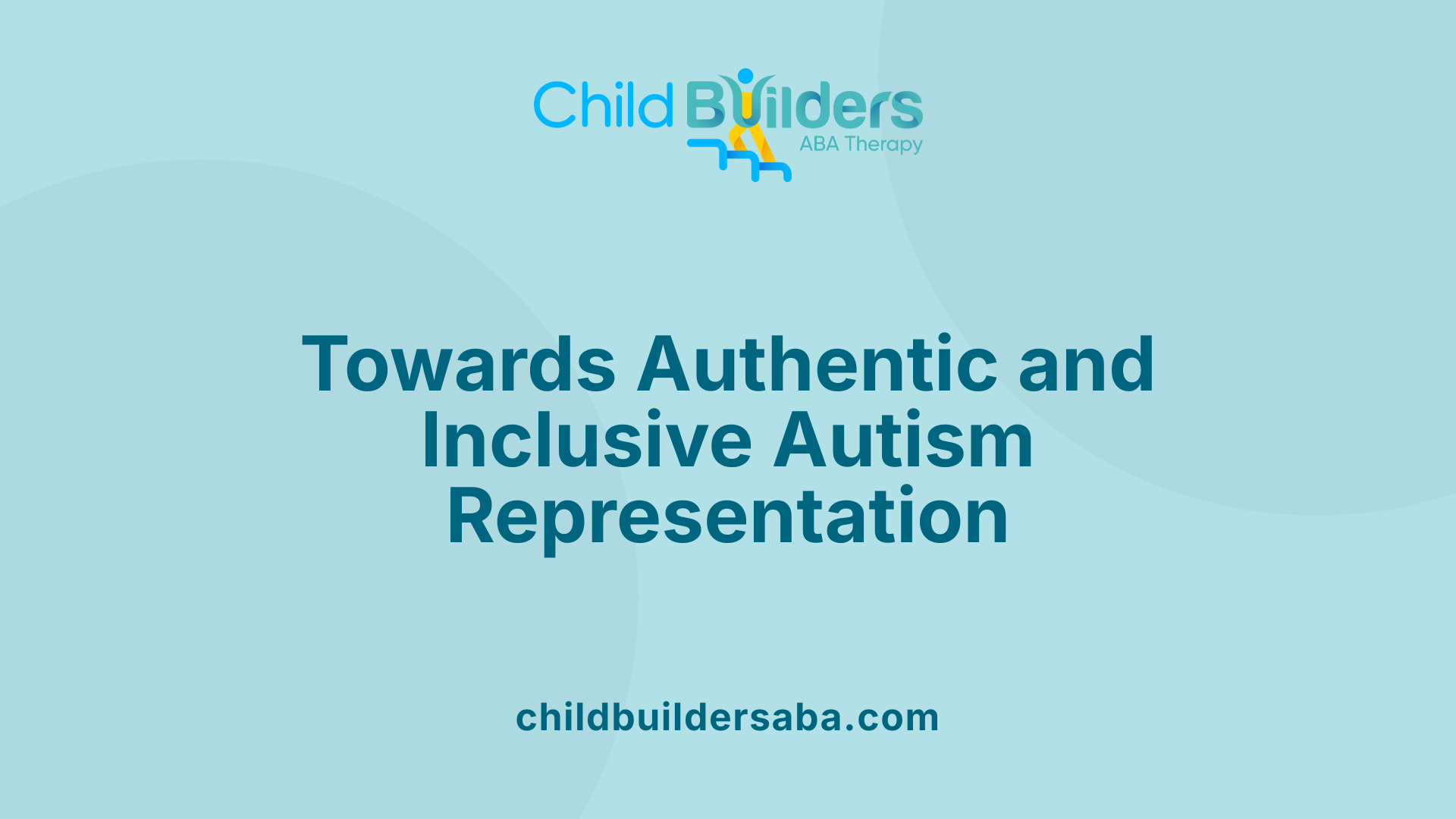 The Impact of 'The Good Doctor' on Autism Awareness
The Impact of 'The Good Doctor' on Autism Awareness
Since its debut, 'The Good Doctor' has played a significant role in shaping public understanding of autism. The show's portrayal of Shaun Murphy, a surgical resident with autism and savant syndrome, has introduced many viewers to some of the qualities and challenges associated with autism spectrum disorder (ASD). By focusing on Murphy’s unique skills and social difficulties, the series has fostered awareness, sparking conversations about the diversity within the autism community.
While the series has been praised for raising awareness, it has also faced constructive criticism. Some audiences and advocates note that portrayals can sometimes lean on stereotypes or oversimplify the complexity of autism. Nonetheless, the show’s efforts to portray a character with autism as capable and multifaceted represent a step forward in media representation.
The Importance of Authentic, Diverse Representation
Authentic portrayal of autistic characters remains crucial. The show has included input from autism experts and consultants like Melissa Reiner, aiming to depict traits accurately—such as communication styles, social interaction difficulties, and routines. Casting autistic actor Kayla Cromer as Charlie Lukaitis further emphasizes the importance of diversity and authentic representation.
Representation should reflect the broad spectrum of autism, which varies widely among individuals. Recognizing this diversity challenges stereotypes and encourages audiences to see neurodiversity as a natural part of human variation.
The Ongoing Need for Autistic Voices in Media
Including autistic voices in storytelling is vital. Consulting with autistic people ensures portrayals are respectful, realistic, and nuanced. For example, experts emphasize the importance of portraying communication methods such as declarative language, which can be more effective and less stressful for some autistic individuals.
Autistic actors and consultants contribute invaluable perspectives, helping media move beyond clichés and create complex characters that resonate more authentically with audiences. For instance, Charlie Lukaitis, played by autistic actress Kayla Cromer, exemplifies genuine representation.
Encouraging Inclusive Storytelling for Better Understanding
Media creators are encouraged to adopt inclusive approaches, involving autistic individuals from the planning stage. Stories should reflect both strengths and challenges without framing autism solely around deficits or heroism.
Expanding portrayals to include more diverse autistic characters—across age, background, and abilities—can break down stereotypes and promote empathy. Shows like 'A Kind of Spark' and 'Dinosaur' are praised for more authentic representations, illustrating the potential for future media to better depict neurodiversity.
Summarized in a comprehensive table, this overview highlights the contrasting elements—progress, ongoing challenges, and future directions in autism portrayal in media:
| Aspect | Description | Example/Impact |
|---|---|---|
| Representation | Balancing realism with entertainment | 'The Good Doctor' features traits like social awkwardness and savant skills |
| Actor Casting | Importance of autistic actors | Kayla Cromer as Charlie Lukaitis |
| Expert Consultation | Ensuring accurate portrayals | Melissa Reiner's work with writers and actors |
| Stereotypes | Challenges in avoiding clichés | Criticism of Murphy as an amalgamation of misconceptions |
| Future Directions | Need for nuanced portrayals | More autistic roles played by autistic actors |
Looking forward, advancing media portrayals involves ongoing collaboration with autistic individuals, promoting diversity within the community, and refining storytelling methods. Efforts should aim to depict autism as a spectrum with unique experiences and abilities, not just a set of limitations.
Ultimately, 'The Good Doctor' has contributed positively toward this goal by opening dialogue and highlighting the importance of authentic representation. As more creators embrace inclusive storytelling, the media can serve as a powerful tool in fostering understanding, acceptance, and appreciation of neurodiversity across society.
Advancing Authenticity and Diversity in Autism Media
'The Good Doctor' has played a significant role in increasing awareness and understanding of autism through its character of Shaun Murphy. While it has made meaningful strides in portraying autism with sensitivity and depth, critics emphasize the ongoing need for greater authenticity, diversity, and inclusion—particularly involving autistic actors and writers. The series has proved that entertainment can serve as a powerful platform for education, empathy, and breaking down stereotypes, but the journey towards truly nuanced and representative portrayals continues. Moving forward, the inclusion of more autistic voices and experiences will be essential for crafting stories that reflect the real spectrum of autism, fostering a more inclusive society that values neurodiversity.
References
- My review of 'The Good Doctor' as an adult with autism
- The Good Doctor Autism Portrayal Examined - AutismCOE
- Good Riddance to The Good Doctor | TIME - Time Magazine
- Shaun Murphy (The Good Doctor) - Wikipedia
- The Good Doctor and Autism - eVero Corporation
- The Good Doctor Changes the Way People See Autism
- A Critical Autism Analysis of The Good Doctor | Blossom ABA
- Autistic Adults Review The Good Doctor - Autism Ontario
- How 'The Good Doctor' developed its main character with autism



.jpg)

































































































